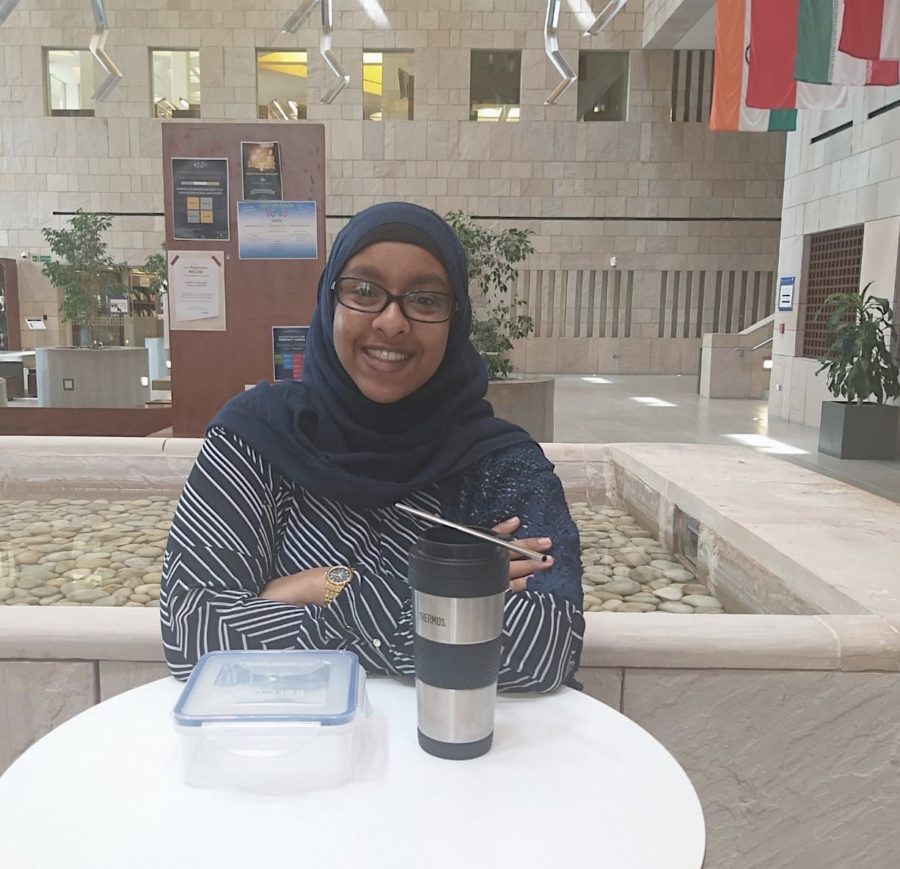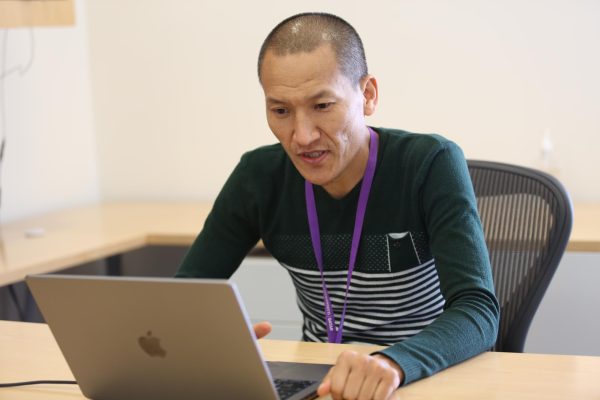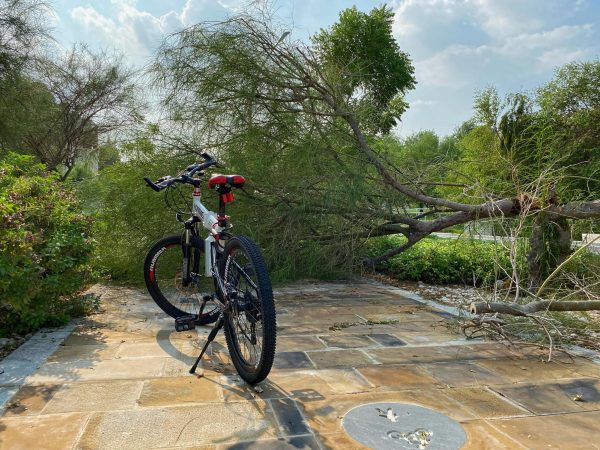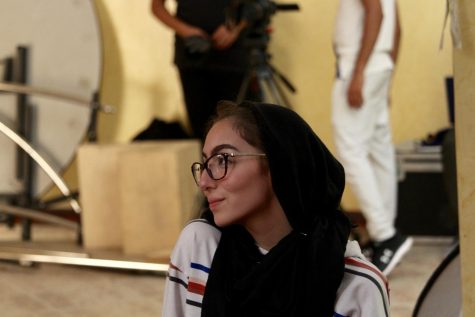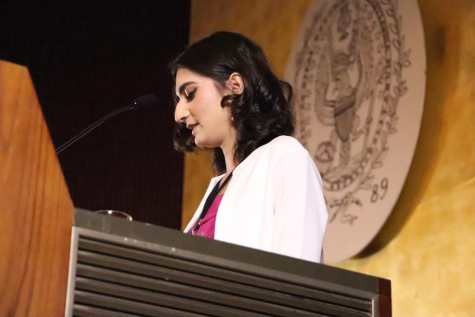What You Can do to Help Save the Environment
Raised in the Philippines, Iman Ismail’s backyard lawn extended into a forest. Growing up this close to nature, she said she fell in love with it and really wanted to preserve it. To Ismail, sustainability is “not a hobby but a lifestyle.”
Now at 19, walking around the Georgetown University in Qatar atrium, Ismail carries her own reusable lunch box, coffee flask, and reusable straws for lunch. Ismail, a first-year student at GU-Q, is committed to environmental sustainability through her lifestyle choices. She has changed major portions of her lifestyle to be more environmentally friendly.
Ismail’s environmentally conscious family has had a great impact on her. Back in the Philippines, her mother collects food waste to create compost, matter that is created by decayed organic material and that is used as a fertilizer for their garden. She also learned many lessons from her older brother who was president of the environmental club in their high school and then, as she grew older, she took over the club herself.
Our lifestyle choices have more of an impact than we can imagine. When people think of factors that cause global warming, many think of big businesses, political forces, and a failed Paris Accord. However, people often forget the power individuals as consumers have on market forces. According to a study found in the Journal of Industrial Ecology, human consumption is responsible for around 60 percent of global greenhouse gas emissions.
One example of indirect environmental impact can be seen through makeup and skincare. When we wash our face to remove makeup, the chemicals used in the products go down the drain and water treatment plants are unable to break down most of the toxins in the makeup. These toxins then affect fish and other marine life and are one of the primary causes of contamination of fresh and ocean water.
Transitioning to a new lifestyle can be difficult and to help with this Ismail recommends that one set small goals for themselves. For Dana Zakzok, a student at Northwestern University in Qatar, it was stopping the use of plastic straws that had the most impact on her ecological footprint. As someone who does not like the feeling of cold beverages directly, she is an avid straw user. However, that left her with a ton of plastic waste. Consequently, she looked online for an environmentally friendly alternative and ordered metal straws. She said she found these straws easy to switch to: “they are easy to wash and are actually quite convenient.”

Ngoc Nguyen, a sophomore at GU-Q, is taking up a monthlong no plastic consumption challenge. She says one of the biggest things she has had to get used to is the amount of saying no to people. “You start saying no to people giving you straws in your drink, bags with your shopping, and free food samples in the market… I [also] have definitely reduced the amount of takeout food I get,” she said.
In order to really have an impact, people need to work on changing lifestyle habits. While this may be inconvenient at first, the results do not just benefit a greater cause but also become cheaper and healthier. It can difficult to imagine how one person’s effort can change something as colossal as global warming. However, as Margaret Mead, an American cultural anthropologist, once said, “Never doubt that a small group of thoughtful, committed citizens can change the world; indeed, it’s the only thing that ever has.”Moreover, in the case of the environment, since 60 percent of environmental impact comes from consumerism, creating tangible change is quite possible.
Here are five things you can do to help save the environment:
Reflect and become mindful of your consumption habits.
The first step to improvement is awareness. Notice how pervasive plastic is in your life, think about the amount of energy used to create the products you buy, and question what happens to something once you throw it away. Become mindful of your actions and record your consumption habits. Try out free apps such as Oroeco on the Play Store and Rippl on the App Store to track your carbon footprint. These apps will calculate your current environmental impact and give you personalized tips on how to reduce it.
Get reusable bottles and containers
You can easily buy reusable bottles and coffee mugs at your university’s book store or a supermarket. Filicori café in the Georgetown cafeteria, gives you discounts if you use your own coffee mug! If you already do that, try getting lunch boxes and packing your own lunch. Packing your lunch in the morning can be difficult, so try meal prepping. You’ll realize it’s so much cheaper and healthier to do so.
Try a more plant-based whole foods diet
Reducing your meat consumption is the “single biggest way” to reduce your environmental impact. Try going meatless for one day of the week and slowly increase that to a few more days with time. You don’t have to go vegan (though that would be amazing), just try to go as plant based as possible with your diet and improving it over time. It is all about taking little steps! Moreover, according to the Journal of Hunger & Environmental Nutrition, a plant-based diet is also much cheaper than a meat-based diet.
Paper issues
Reduce the amount of paper you print. And even when you print, print on both sides and print two pages on one side to make the most use of that paper. Once you’re done, recycle it! If you printed class readings, save them and give them to someone who will take the class next semester. Moreover, it you take handwritten notes, you could either sell them or give them away to other students.
Get involved with an environmental community
A club can introduce you to like-minded people who help you keep on track with your goals, and collaborate on environmental projects that benefit your community.
Finally, don’t stress about getting it all right at once. Take a step no matter how small, just start!



